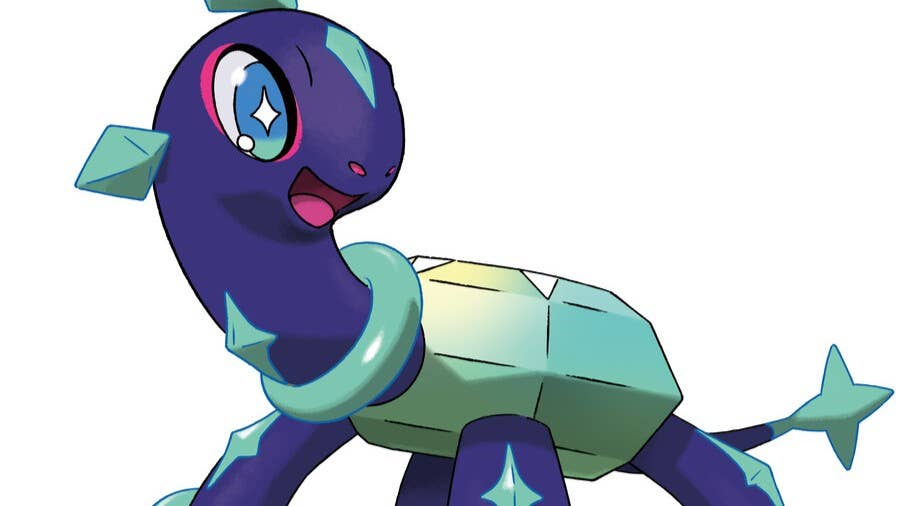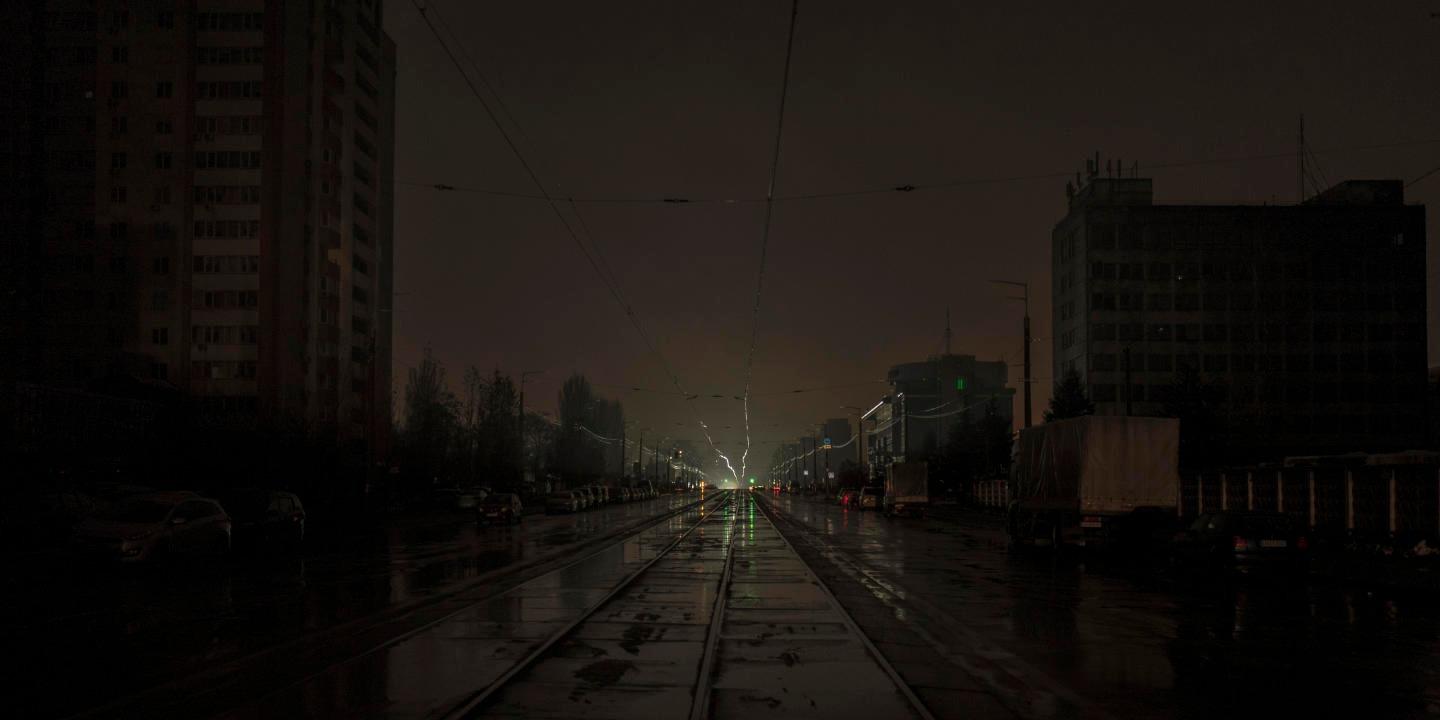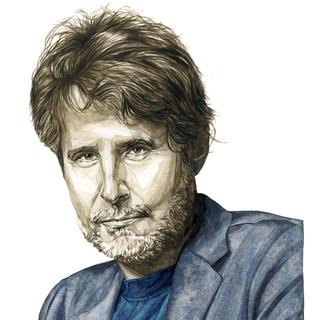
WWW.TECHNOLOGYREVIEW.COM
Generative AI is reshaping South Korea’s webcomics industry
“My mind is still sharp and my hands work just fine, so I have no interest in getting help from AI to draw or write stories,” says Lee Hyun-se, a legendary South Korean cartoonist best known for his seminal series A Daunting Team, a 1983 manhwa about the coming-of-age of heroic underdog baseball players. “Still, I’ve joined hands with AI to immortalize my characters Kkachi, Umji, and Ma Dong-tak.” By embracing generative AI, Lee is charting a new creative frontier in South Korea’s web comics industry. Since comics magazines faded at the turn of the century, web comics—serialized comics that read from top to bottom on digital platforms—have gone from niche subculture to global entertainment powerhouse, drawing in hundreds of millions of readers around the world. Lee has long been at its forefront, pushing the boundaries of his craft. Lee drew inspiration for his renegade baseball avengers from the Sammi Superstars, one of South Korea’s first professional baseball teams, whose journey of perseverance captivated a country stifled by military dictatorship. The series gained a cult following among readers seeking a creative escape from political repression, mesmerized by his bold brushstrokes and cinematic compositions that defied the conventions of cartoons. Kkachi, the rebellious protagonist in A Daunting Team, is an alter ego of Lee himself. A scrappy outcast with untamed, spiky hair, he is a fan favorite who challenges the world with unrelenting passion and a brave conscience. He has reappeared throughout Lee’s signature works, painted with a new layer of pathos each time—a supernatural warrior who saves Earth from an alien attack in Armageddon and a rogue police officer battling a powerful criminal syndicate in Karon’s Dawn. Over decades, Kkachi has become a cultural icon in South Korea.
But Lee worries about Kkachi’s future. “In South Korea, when an author dies, his characters also get buried in his grave,” he says, drawing contrasts with enduring American comic characters like Superman and Spider-Man. Lee craves artistic immortality. He wants his characters to stay alive not just in the memories of readers, but also on their web comic platforms. “Even after I die, I want my worldviews and characters to communicate and resonate with the people of a new era,” he says. “That’s the kind of immortality I want.” Lee believes that AI can help him realize his vision. In partnership with Jaedam Media, a web comics production company based in Seoul, he developed the “Lee Hyun-se AI model” by fine-tuning the open-source AI art generator Stable Diffusion, created by the UK-based startup Stability AI. Using a data set of 5,000 volumes of comics that he has published over 46 years, the resulting model generates comics in his signature style.
This year, Lee is preparing to publish his first AI-assisted web comic, a remake of his 1994 manhwa Karon’s Dawn. Writers at Jaedam Media are adapting the story into a modernized crime drama starring Kkachi as a police officer in present-day Seoul and his love interest Umji as a daring prosecutor. Students at Sejong University, where Lee teaches comics, are creating the artwork using his AI model. The creative process unfolds in several stages. First, Lee’s AI model generates illustrations based on text prompts and reference images, like 3D anatomy models and hand-drawn sketches that provide cues for different movements and gestures. Lee’s students then curate and edit the illustrations, adjusting the characters’ poses, tailoring their facial expressions, and integrating them into cartoonish compositions that AI can’t engineer. After many rounds of refinement and regeneration, Lee steps in to orchestrate the final product, adding his distinct artistic edge. AI companies envision that artists could automate the grunt work of drawing and channel their creative energy into storytelling and art direction. “Under my direction, a character might glare with sad eyes even when they’re angry or ferocious eyes when they’re happy,” he says. “It’s a subversive expression, a nuance that AI struggles to capture. Those delicate details I need to direct myself.” Ultimately, Lee wants to build an AI system that embodies his meticulous approach to human expressions. The grand vision of his experimental AI project is to create a “Lee Hyun-se simulation agent”—an advanced generation of his AI model that replicates his creative mind. The model would be trained on digital archives of Lee’s essays, interviews, and texts from his comics—the subject of an exhibit at the National Library of Korea last year—to encode his philosophy, personality, and values. “It’s going to take a long time for AI to learn my myriad worldviews because I’ve published so much work,” he says. The digital clone of Lee would generate new comics with his artistic intuition, perceiving its environment and making creative choices as he would—perhaps even publishing a series far in the future starring Kkachi as a post-human protagonist. “Fifty years from now, what kinds of comics would Lee Hyun-se create if he saw the world then?” Lee asks. “The question fascinates me.” Lee’s quest for a lasting artistic legacy is part of a broader creative evolution driven by technology. In the decades since their emergence, web comics have transformed the art of storytelling, offering an infinite digital canvas that integrates music, animation, and interactive visuals with the effects of new tools like automated coloring programs. The addition of AI is spurring the next wave of innovation. But even as it unlocks new creative possibilities, it is fueling anxieties over artistic agency and authorship. Last year the South Korean startup Onoma AI, named after the Greek word for “name” (a signal of its ambition to redefine creative storytelling), launched an AI-powered web comic generator called TooToon. The software allows users to create synopses, characters, and storyboards with simple text prompts and convert rough sketches into polished illustrations that reflect their personal artistic style. TooToon claims to streamline the labor-intensive creative process by cutting down the production time between concept development and line art from six months to just two weeks. Companies like Onoma AI champion the idea that AI can help anyone be an artist—even if you can’t draw or afford to hire an army of assistants to keep up with the industry’s insane production demands. In their vision, artists would emerge as directors of their own AI-powered solo studios, automating the grunt work of drawing and channeling their creative energy into storytelling and art direction. The productivity breakthrough, they say, would help artists brainstorm more experimental ideas, take on big-scale productions, and disrupt the studio monopolies that dominate the market.
Oh Hye-seong is the protagonist of “Karon’s Dawn,” an AI-assisted web comic series by the South Korean cartoonist Lee Hyun-se, which will be released later this year.COURTESY OF THE PUBLISHER “AI would expand the web comic ecosystem,” says Song Min, the founder and CEO of Onoma AI. Song describes the industry in South Korea as a “pyramid”—powerhouse platforms like Naver Webtoon and Kakao Webtoon at the top, followed by big-shot studios, where artists collaborate to mass-produce web comics. “The rest of the artists, those outside the studio system, can’t create alone,” he explains. “AI would empower more artists to emerge as independent artists.” Last year, Onoma AI partnered with a group of young web comic artists to create Tarot: A Tale of Seven Pages, a mystery thriller unraveling the twisted fates of strangers cursed by a hand of tarot cards. Through these collaborations, Song uses the artists’ feedback to refine TooToon. Still, even as a champion of AI-generated art, he questions whether it’s “a good thing for AI to be perfect.” Just as engineers need to keep coding to hone their skills, he wonders if AI should leave room for artists to keep drawing to nurture their craft. “AI is an inevitable tour de force, but for now, the big hurdles lie in artists’ perception and copyright,” he says. Onoma AI built Illustrious, the large language model powering TooToon, by fine-tuning Stable Diffusion on the Danbooru2023 data set, a public image bank of anime-style illustrations. But Stable Diffusion, along with other popular image generators built on the model, has come under fire for indiscriminately scraping images from the internet, sparking a barrage of lawsuits over copyright infringement. In turn, web comic generators are facing intense backlash from artists who fear that the programs are being trained on their art without their consent. "Can you create without a soul? Who knows?” As companies silo their training data, artists and readers have launched a digital campaign to boycott AI-generated web comics. In May 2023, readers bombarded The Knight King Returns with the Gods on Naver Webtoon with blazingly low ratings after discovering that AI had been used to refine portions of the artwork. The following month, artists flooded the platform with anonymous posts protesting “AI web comics created from theft,” sharply criticizing Naver’s contract policy requiring artists who publish on the platform to consent to having their works used as AI training data. To settle the standoff, the Korea Copyright Commission issued a set of guidelines in December 2023, urging AI developers to obtain permission from copyright holders before using their works as training data; articulate the purpose, scope, and duration of use; and provide fair compensation. A year later, amid growing calls from AI companies for access to more data, the South Korean government proposed carving out an exemption to copyright laws that would allow AI models to be trained on copyrighted works under the doctrine of fair use. But no legislation or regulation has yet established a clear legal framework, leaving artists in limbo. While seasoned artists like Lee embrace the technology as a tool to expand their legacy, wholeheartedly licensing their intellectual property to AI, younger artists see it as a threat. They fear that AI will steal their artwork and, more important, their identity as artists. “Drawing is the most difficult and the most fun part of making comics,” says Park So-won, a young web comic artist based in Seoul. Park grew up dreaming of becoming a cartoonist, watching her mother, an animator, bring characters to life. After years of juggling gigs as an artist assistant at a web comics studio, interrupted by a brief creative hiatus, she made her breakthrough on the platform Lezhin Comics with Legs That Won’t Walk, a queer romance noir about a boxer who falls in love with a loan shark chasing after him over his alcoholic father’s debt.
As an independent artist, Park is constantly at work. She publishes a new episode every 10 days, often pulling all-nighters to produce up to 80 cuts of drawing, even with the help of assistants handling background art and coloring. Occasionally she finds herself in a flow state, working 30 hours straight without a break. Still, Park can’t imagine outsourcing her drawings, which she sees as the heart of her comics, to AI. “The crux of a comic, however important the story, is the drawing. If the story were written in words, people wouldn’t have read it, would they? The story is just a thought—the execution is the drawing,” she says. “The grammar of comics is the drawing.” Handing over her drawing would mean surrendering her artistic agency.
A strip from ”A Daunting Team,” a 1983 baseball manhwa made by Lee Hyun-se.COURTESY OF THE PUBLISHER Park thinks algorithmic art lacks soul—like “objects that exist in a void”—and isn’t worried about whether AI can draw better than she does. Her drawings have evolved over the years, shaped by her shifting outlook on the world and breaking new creative ground over time—an artistic progression that she thinks an algorithm trained to emulate existing works could never make. “I’ll keep charting new territory as an artist, while AI will stay the same,” she says. To Park, art is supreme indulgence: “I’ve come this far because I love to draw. If AI takes away my favorite thing to do in the world, what would I do?” But other comic artists, whose strengths lie in storytelling, welcome the innovation. Bae Jin-soo was an aspiring screenwriter before debuting as an artist on Naver Webtoon’s amateur comics page in 2010. To turn his screenplay into a comic, Bae taught himself to draw by photographing different compositions and tracing them on paper. “I can’t draw, so I’ll bet on my writing,” he thought. After his debut seriesFriday: Forbidden Tales took off, Bae rose to stardom with his three-part series Money Game, Pie Game, and Funny Game—brainy psychological thrillers packed with plot twists and witty, thought-provoking narratives about a group of contestants playing eccentric games to win a cash prize. They have even inspired a popular Netflix adaptation, The 8 Show. “I still have so many more stories I want to tell,” Bae says. A prolific writer, he keeps a running list of new ideas in a pocket notepad, the genre-bending plots spanning horror, politics, and black comedy. But with his mind racing ahead of his hand, breathing life into all his ideas would require commissioning a studio to execute the illustrations. For Bae, an AI-powered web comic generator could be a game changer. “If AI could handle my artwork, I would create an endless stream of new comics,” he says. Bae is also eager to explore AI as a “backup battery for story ideas,” like a writer’s assistant. Even so, to hold his ground as an artist, he plans to dig deeper into his imagination to generate original and experimental ideas that could be found nowhere else. “That’s the domain of [human] creators,” he says. Still, Bae wonders if his own creative edge would slowly erode through extensive collaboration with AI: “Would my own colors start to fade?”
Meanwhile, comics students at Sejong University in Seoul are learning to integrate AI into their tool kits. The budding artists are being trained as “creative coders,” turning strips of comics into data sets by meticulously annotating their content, and as prompt engineers who can guide AI to produce characters that align with their aesthetic sensibilities. “Creativity takes time—to reflect and contemplate on your work,” says Han Chang-wan, a professor of comics and animation at Sejong University, who teaches a class on AI-generated web comics. Han says that’s what AI will buy for his students: the time to “create more diverse characters, more kaleidoscopic plots, and more eclectic genres” that challenge the formulaic comics mass-produced by studios. Ultimately, he hopes, they’ll “tap into an entirely new readership.” As artists navigate this uncharted future, generative AI is raising profound questions about what powers creativity. “AI could be a technical assistant to artists,” says Shin Il-sook, the president of the Korea Cartoonist Association and the renowned cartoonist behind the historical fantasy romance The Four Daughters of Armian, which follows a brave-hearted princess exiled from a matriarchal kingdom as she embarks on a journey of survival and self-discovery through war, love, and political power battles. Still, she wonders if AI can really be a creative companion. “Creativity is about making something never seen before, driven by a desire to share it with other people,” Shin says. “It’s deeply intertwined with the human experience and its afflictions. That’s why an artist who has walked through life’s suffering and honed their craft produces remarkable art,” she says. “Can you create without a soul? Who knows?” Michelle Kim is a freelance journalist and lawyer based in Seoul.
0 Commentarios
0 Acciones
11 Views












